Celebrating Life In Rhythm
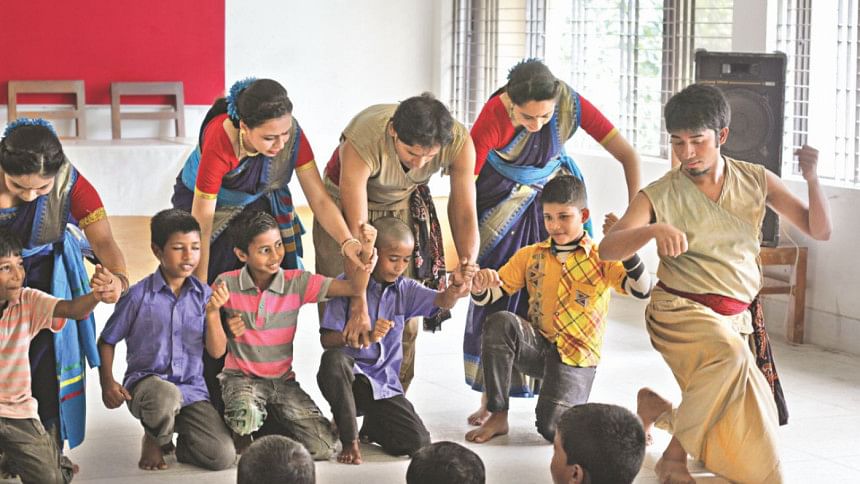
Nritya Nandan, a well established dance institution in Bangladesh, headed by eminent dancer and choreographer Sharmila Banerjee, tied up with Norwegian organisation Concerts Norway to conduct a dance appreciation project called “Celebrating Life in Rhythm” from September to October 2015 in various schools across Bangladesh.
Nritya Nandan and Concerts Norway's joint initiative has taken a big step in contributing to the exploration of young minds in performing arts, enhancing spirit and team attitude and developing sensitivity and awareness about nature, humanity and secularism. It hopes to continue with this programme of promoting culture among the children of Bangladesh, through the continuation of the project “Celebrating Life in Rhythm”, as this intervention could be a major contribution to innovative ideas for the global community, and also act as an aid to the inclusion of dance in the educational curriculum in the future.
Buoyed by the great success of a pilot programme in 2014 in five schools in Dhaka and Chittagong, this time Nritya Nandan widened the scope of the programme from five to seven schools in the districts of Dhaka as well as Sylhet and Khulna. The goal of this project was to generate an appreciation of dance and create a link between the local and the global, through introduction to dance styles both South Asian classical, folk and contemporary as well as few western styles.
The content of the project has been designed by Sharmila Banerjee, exclusively for children between 8-12 years. The project included a simplified description of the history and evolution of dance, giving examples that children could relate to. It then moved on to explanations about different art genres complemented with live performances, narrations and audio visual presentations, giving children a good grounding in our dance forms.
The programme also involved creating awareness among children about nature through dance performances.
Nritya Nandan took this project to Bengali medium, English medium and special schools for underprivileged children as well as orphanages. The most overwhelming and moving response was experienced in the schools for underprivileged children and orphanages, where the children have little exposure to such art forms. Their enthusiastic and exhilarated response were an achievement and an affirmation of the purpose and goals of the project. All the schools expressed their interest to continue with this project in the future.

 For all latest news, follow The Daily Star's Google News channel.
For all latest news, follow The Daily Star's Google News channel. 


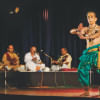
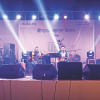
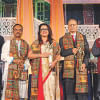
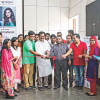


Comments